Embarking on the legendary Pacific Crest Trail (PCT) is a dream for many outdoor enthusiasts, but before you lace up your boots, it’s crucial to consider the cost. From gear essentials to resupply points, this captivating adventure comes with a price tag.
Join us as we unravel the expenses of hiking the PCT, unveiling the real cost of this extraordinary journey.
How Much Does It Cost to Hike the PCT?
When it comes to hiking the PCT, the average cost hovers around $6,000. However, it’s important to note that the actual expenses can vary significantly, depending on individual factors.
While it’s not uncommon for the overall cost to surpass this benchmark, it’s also possible to keep it lower with discipline and a smooth journey devoid of setbacks. Flexibility and careful planning are key to ensuring your financial outlay aligns with your expectations as you embark on this thrilling adventure.
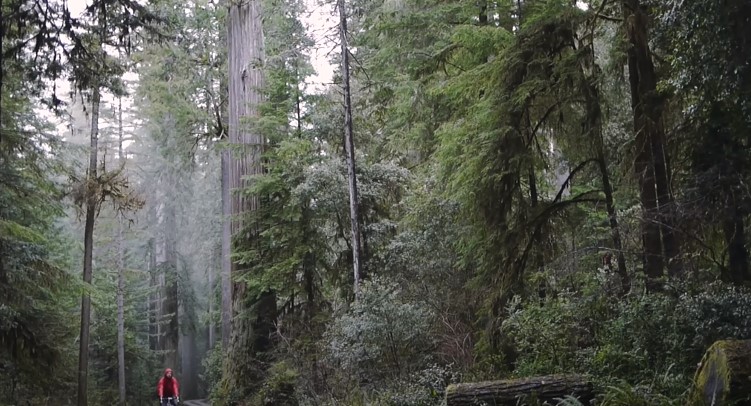
What Are the Different Factors That Affect the Cost of Hiking the PCT?
Embarking on the Pacific Crest Trail (PCT) is a thrilling adventure that offers breathtaking views and unforgettable experiences. However, it’s essential to consider the various factors that can affect the cost of hiking this renowned trail.
From gear and permits to resupply points and unexpected expenses, understanding these factors will help you plan your budget effectively.
Gear
One of the significant factors impacting the cost of hiking the PCT is gear. Investing in high-quality gear that is lightweight, durable, and suitable for the trail is crucial. Items such as a tent, sleeping bag, backpack, cooking equipment, and clothing are essential, but they can come with a hefty price tag.
Depending on your preferences and budget, gear costs can range from a few hundred to several thousand dollars. It’s important to find a balance between quality and affordability while ensuring that your gear meets the specific demands of the PCT.
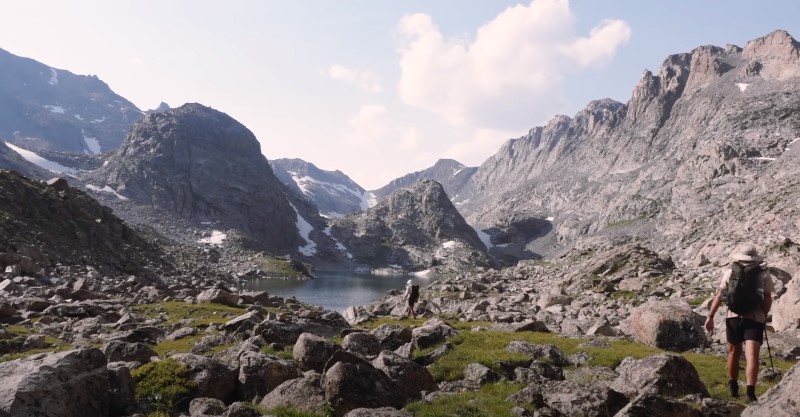
Permits
Permits are another consideration when determining the cost of hiking the PCT. The PCT requires hikers to obtain several permits, including a long-distance permit, fire permits, and specific area permits.
These permits come with associated fees that can vary depending on the length of your hike and the areas you plan to visit. It’s crucial to research the permit requirements well in advance and allocate funds for these fees, which can range from a few dollars to a couple of hundred dollars.
Resupply
Resupplying along the trail is a significant aspect of completing the PCT. Hikers typically need to replenish their food and other essential supplies at designated resupply points. The frequency of resupply depends on individual preferences, physical capabilities, and the distance between the resupply locations.
The cost of resupplying can vary greatly depending on the availability and cost of food in each location. Some hikers choose to mail packages to themselves at specific points, while others rely on purchasing supplies locally.
It’s essential to budget for these expenses, which can range from a few hundred to several thousand dollars throughout your hike.
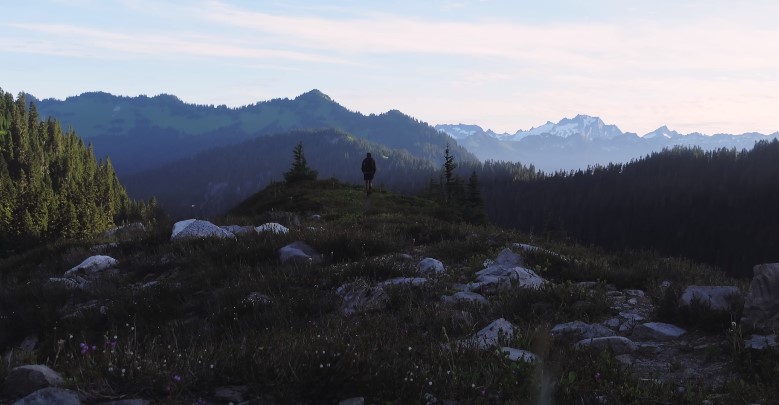
Transportation
Transportation is another factor that affects the cost of hiking the PCT. Getting to the trailhead and returning home afterward can involve flights, bus rides, or other forms of transportation. The cost of transportation will depend on your location, distance to the trailhead, and the mode of transportation you choose.
It’s advisable to research and compare different options to find the most cost-effective and convenient means of reaching and departing from the PCT.
Unexpected Expenses
Unexpected expenses are inevitable during any long-distance hike, and the PCT is no exception. These can include medical emergencies [1], gear replacements, unexpected overnight stays in towns due to weather or other reasons, and unforeseen transportation costs.
While it’s impossible to predict every expense, it’s important to have a contingency fund set aside to handle such situations. This safety net will help alleviate financial stress and ensure you can address unexpected challenges without derailing your entire hike.
Personal Spending
Personal spending habits and lifestyle choices also play a role in the overall cost of hiking the PCT. Some hikers may prefer to indulge in occasional comforts, such as staying in hotels or enjoying restaurant meals during town stops.
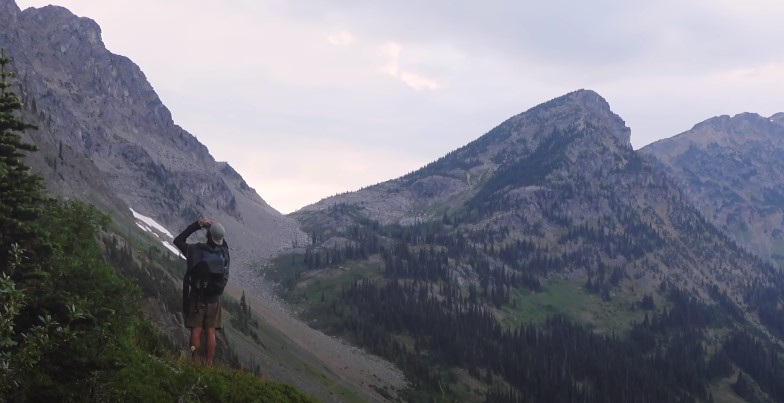
Others may choose a more minimalist approach, opting for budget-friendly options like camping or trailside meals. Your personal preferences and financial habits will determine how much you spend on non-essential items and experiences along the way.
The cost of hiking the PCT can vary significantly based on several factors. Understanding these factors and carefully planning your budget will help ensure a successful and financially manageable journey along the Pacific Crest Trail.
How to Save Money While Hiking the PCT?
Hiking the Pacific Crest Trail (PCT) is a remarkable experience, but it can also be a costly endeavor. Fortunately, there are ways to save money while hiking the PCT without compromising your safety or enjoyment.
By employing smart strategies and making conscious choices, you can minimize expenses and stretch your budget further. Here are some tips on how to save money while hiking the PCT.
Plan and Prepare
First and foremost, one of the most effective ways to save money on the trail is to plan and prepare your resupplies carefully. Research the towns and resupply points along the PCT and identify affordable options for purchasing food and supplies.

Look for local grocery stores or discount outlets that offer reasonably priced items. Consider opting for lightweight, non-perishable foods that are cost-effective and provide sufficient nutrition. By strategizing your resupplies you can avoid expensive convenience stores and minimize unnecessary expenses.
Adopt a Minimalist Approach
Another key aspect of saving money on the PCT is to adopt a minimalist approach when it comes to gear. While it’s important to have quality equipment that meets the demands of the trail, it’s equally crucial to avoid unnecessary purchases.
Prioritize the essentials and refrain from buying gear items that you can do without. Borrowing or renting gear from friends or outdoor gear rental companies can also be a cost-effective option, especially for items that you might not use frequently.
Additionally, take good care of your gear to prolong its lifespan, reducing the need for frequent replacements.
Be Mindful of Personal Spending Habits
Being mindful of your spending habits is crucial in saving money while hiking the PCT. Take the time to evaluate your non-essential expenses and identify areas where you can cut back. Consider avoiding unnecessary town indulgences like hotel stays or expensive restaurant meals.
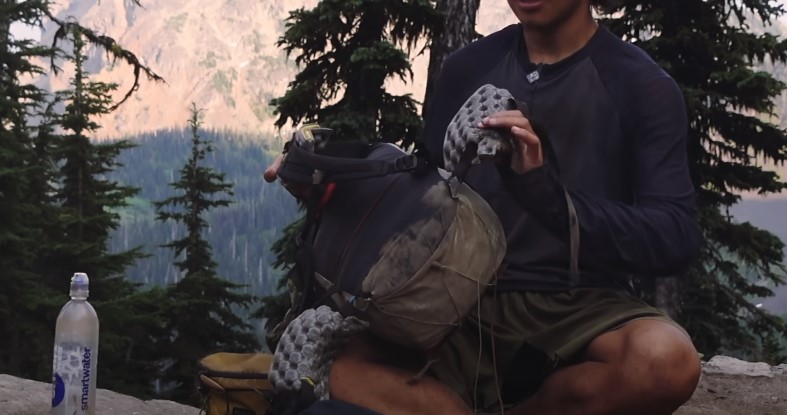
Be Flexible and Adaptable
Flexibility and adaptability can also be valuable in saving money on the trail. Keep an eye out for discounts, sales, or special offers on gear, food, or transportation. By being open to alternative resupply options, you might come across deals or opportunities to save money.
Seek Support From the Trail Community
Lastly, consider seeking support from the trail community. The PCT community is known for its generosity and willingness to help fellow hikers. Take advantage of trail magic, where individuals or groups provide unexpected acts of kindness, such as offering food, drinks, or transportation.

Participate in hiker boxes, which are communal boxes where hikers leave behind items they no longer need, and you might find useful items without spending money. Engaging with other hikers can also provide valuable insights and tips on saving money along the trail.
Conclusion
Embarking on the epic journey of hiking the PCT comes with a price, but the cost varies greatly depending on individual choices and circumstances.
From gear essentials to permits, resupplies, and unexpected expenses, understanding the factors that influence the cost allows hikers to plan and budget effectively. So, calculate your expenses, prepare wisely, and let the adventure unfold!

